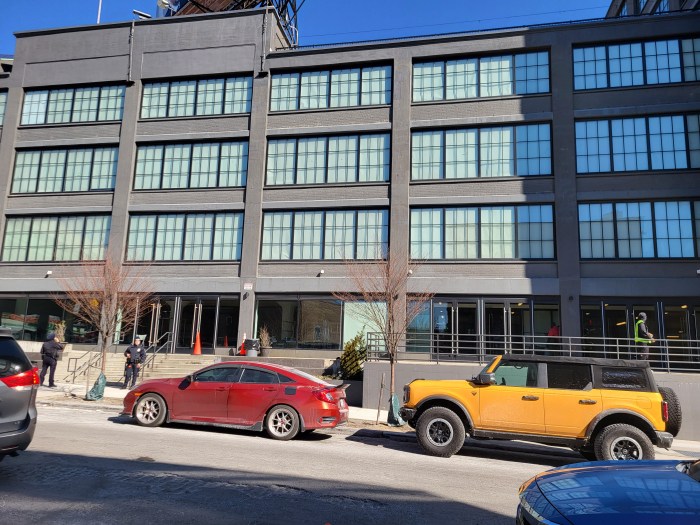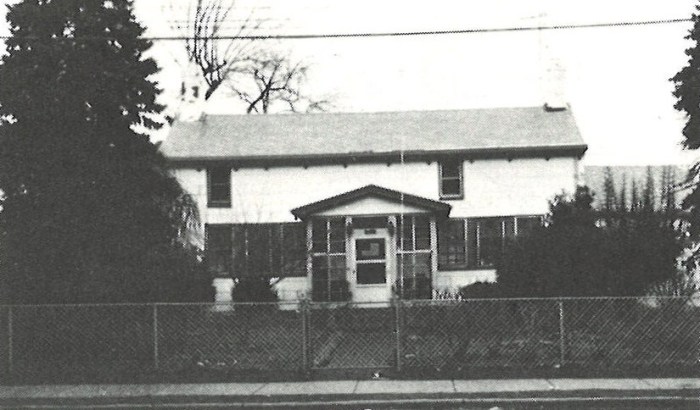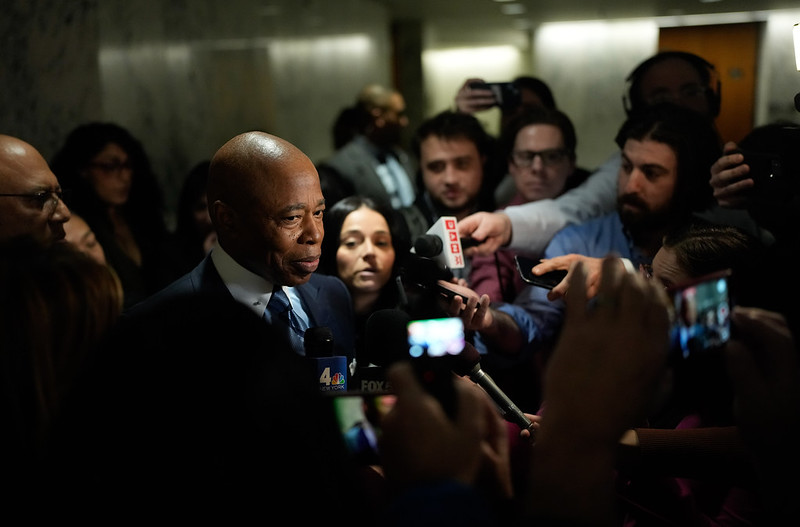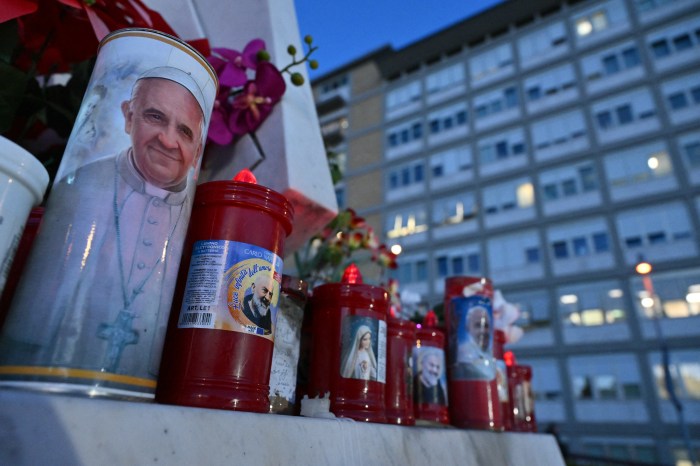Each day that Bedford-Stuyvesant, Brooklyn resident Dorothy Providence is above earth, she gives thanks to God for being breast cancer-free for 35 years.
“I feel good,” Providence, whose late husband, Randolph Providence, a native of St. Vincent and the Grenadines, told Caribbean Life after Worship Service on Sunday at her long-standing church, Fenimore Street United Methodist Church, at the corner of Rogers Avenue, in Brooklyn, where she serves as the financial secretary, a communion steward, and sings with the church’s Gospel Chorus Choir.
“When I was diagnosed with cancer, I said, ‘I did not give myself cancer’,” added Providence, 81, who was born in Port Hudson, Louisiana, the eldest of four children to the late Mollie and Archie Simmons. “I said, ‘this body is not mine; it’s God. He created it, so he knows everything about it.’
“I believe God does not put no more on you than he thinks you can bare,” continued Providence, stating that she volunteers at the church Monday to Thursday. “I thank God for continuing to give me the strength. I’m still very active in the church.”
Providence, who was diagnosed with breast cancer in July 1981, said she currently doesn’t “have any problem (with breast cancer).
“I take my treatment every three months – blood work,” she said. “I take a PET scan every four years.”
According to the Cleveland Clinic, positron emission tomography (PET) scans detect early signs of cancer, heart disease and brain conditions. It involves an injection of a safe radioactive tracer that helps detect diseased cells.
The clinic says a PET scan machine has “a donut-shaped hole your body passes through while laying on a motorized exam table.”
It says a PET scan uses “a safe injectable radioactive chemical called a radiotracer, and a device called a PET scanner, to show images of your organs and tissues at work.”
The Cleveland Clinic says that the scanner “detects diseased cells that absorb large amounts of the radiotracer, which indicates a potential health problem.
“Healthcare providers frequently use PET scans to help diagnose cancer and assess cancer treatment,” it says. “They can also assess certain heart and brain issues with the scan.”
The Cleveland Clinic says some hospitals now use a hybrid PET/MRI scan that “creates extremely high-contrast images.
“Providers mainly use this type of scan for diagnosing and monitoring cancers of the soft tissues (brain, head and neck, liver and pelvis),” it says.
Providence – who has three biological children, three step-children, 11 grand-children, two great-grand-children and “one on the way” – said she thanks “God for His grace and mercy for where He has brought me from, and the strength He gives me to continue doing the volunteer work at Fenimore Street United Methodist Church and elsewhere.”
She said that, after she was diagnosed with breast cancer, she retired from the United States Postal Service in New York, where she worked in various positions in the Human Resources Department.
She said, after having surgery in July 1981, she received no treatments or medications.
“However; the cancer returned in 1997,” she said. “I then had a second surgery, where I received six weeks of radiation and three sessions of chemotherapy.
“I had surgery for the third time for breast cancer; and, though it was not cancerous, I needed no treatments but was given medications for five years,” added Providence, who also serves as treasurer for the Fenimore Senior Center, Inc.
In her community in Bedford Stuyvesant, she held the position of president of the Decatur Patchen Ralph Block Association for many years.
Providence is also a member of Central Brooklyn Lions Club, Inc., where she held many positions, including president.
She said she was “proud” of her age and would like to surpass the age when her mother died, on Thanksgiving Day, 1998, at 84. He father died when he was 52.
Providence said her grandfather, Archibald Simmons, was “a slave in Port Hudson – that’s where the Civil War was fought.”



























